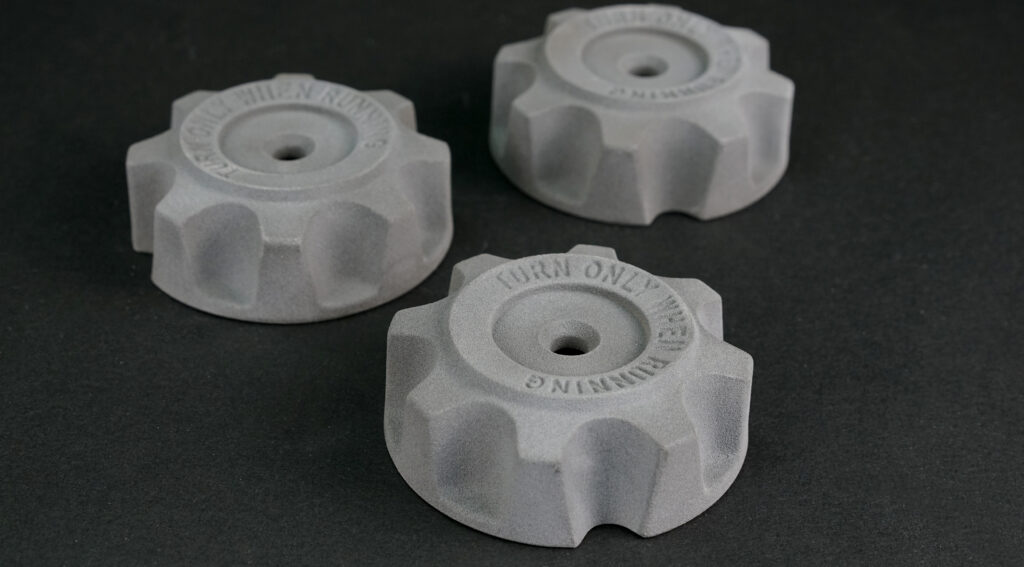
Many companies, amateurs, and innovators that need high-quality 3D printed items employ the selective laser sintering (SLS) 3D printing method. In order to create a 3D printed model, a powdered material is fused using a laser beam that is controlled by the CAD model. Simply put, SLS printing is unique. To be used more effectively, it does need advanced knowledge and comprehension. To understand more about this complex process, review this guide to SLS 3D printing and high-performance materials.
What Is SLS Laser Sintering?
High-powered lasers are used in the selective laser sintering (SLS) step of the additive manufacturing (3D printing) process to fuse or bind finely powdered materials into solid objects. The deposition and sintering steps are repeated until the item is finished by a printer, which first deposits a layer of power then sinters it. Using a computationally produced CAD file as guidance, a laser is pointed at the powder bed at specified spots to form the object’s shape.
What Materials Can Be Used With SLS Printing?
Any number of high-performance materials can be used in SLS printing, making this a highly customizable production technique. Some of the most commonly used materials in SLS printing include powdered glass, plastic, concrete, ceramic, and metal. Because of the wide range of available materials, it is easy to see why many people opt for this fabrication technology when designing parts that require specific tolerances and high strength. Look to Tangible Creative for this, as we are a, SLS printing service that specializes in many types of materials.
What Are the Advantages of SLS Laser Printing?
SLS printing results in cost savings by eliminating the need for molds, CNC resources, or any other technique for producing high-fidelity components. Iteration can happen quickly since parts can be readily generated on demand. Additionally, unlike multilayer 3D printed products, SLS components are isotropic, meaning they have identical strength in all directions. In addition, compared to other modeling approaches, SLS printing offers the finest tolerances for printed designs.
We hope our quick guide to SLS 3D printing and high-performance materials has helped you better understand how you can use this technology to your advantage. We guarantee that once you use this fabrication method, you will never go back!